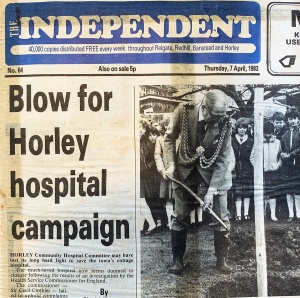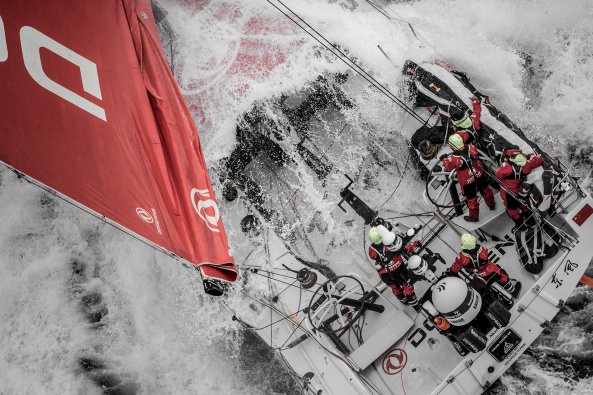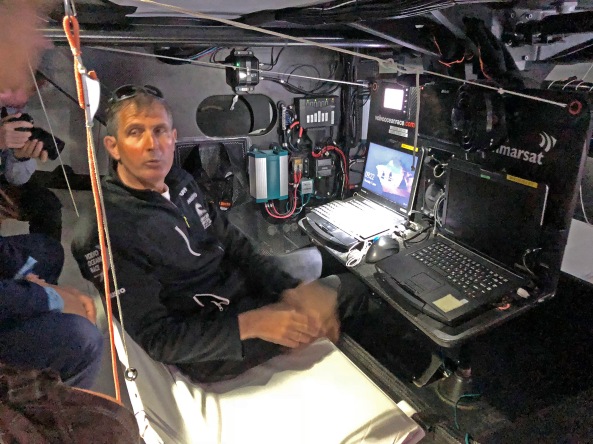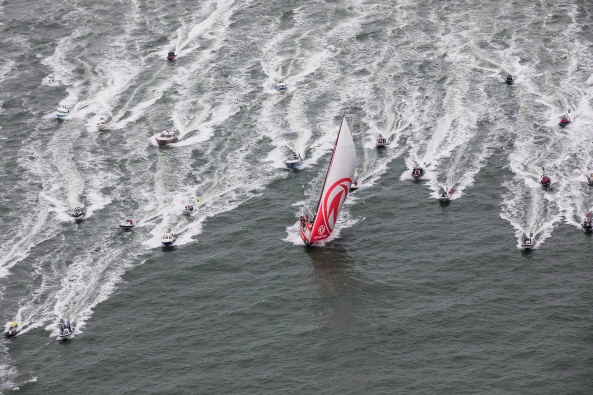The very ordinary photo above of an extraordinary aircraft is to me highly significant. Obviously I didn’t know it at the time, but this picture steered me towards the magnificent career I’ve had for the past 30-plus years.
It was taken at Gatwick Airport on 10th March 1982, four years after I’d discovered photography, when forced to do an O-level in it to ensure I had enough lessons to fill my week in sixth form. My mate Alan Taylor encouraged me behind the camera, as he was doing the O-level, reckoned it would be easy and we would “have a laugh.”
That was in the September – by Christmas that year my parents couldn’t get into their bathroom as I was printing pictures in it and I wasn’t going to be a design draftsman any more (I never really knew why I was going on that career path), I was going to be a photographer. And having made that decision I of course didn’t take the obvious route of going to college to study photography. No, I was fed up with learning so I got a job on the photo and electrical counter of TV & Radio Services, also my home town’s most popular record shop – many stories can be told of that place, but perhaps another time…
An unusual arrival
Anyway, back to 1981. It’s my day off, the phone rings and it’s my dad, who worked for British Airways down the road at Gatwick Airport. “We’ve got a Pregnant Guppy in, you’ve got to come and get some pictures of it,” he says.

This was one big-headed plane…
Being a bit of a plane nerd at the time, I knew all about the Pregnant Guppy. It was a version of the Boeing Stratocruiser airliner, on which the first two thirds of the fuselage had been blown up like a balloon to create a cavernous cargo space. The idea for this ridiculous looking plane was originally NASA’s, for carrying bits of Saturn 5 rockets about, but by this time one was being used by Airbus to carry bits of planes between the various factories. Its regular beat was Manchester so one turning up at Gatwick was very unusual.
On asking dad how I would be able to get to the plane to photograph it, he replied “meet me under the terminal in half an hour.” So having grabbed my camera and charged down the useful footpath that went from our housing estate all the way to the airport, 30 minutes later I was under the terminal (in those days Gatwick only had one…).

From the front this plane was even more dramatic…
Dad duly drew up in one of the huge tugs they used for towing aircraft and told me to hop in. Whereupon we headed for the security gate, he waved a bit of paper at the people in the booth, up went the barrier and suddenly we were airside, I getting a very different view of the airport as we drove down a row of aircraft parked at their standards.
Later I would learn that the bit of paper was an authorisation form claiming that I was on a familiarisation visit prior to joining British Airways Ground Operations! My much-missed dad did sail close to the wind on occasions…
The Guppy was parked at the furthest end of the airport and having dodged taxiing planes while driving over to it, even dad knew it would be pushing his luck to let me out onto the tarmac. So he simply dropped the window of the tug and drove round the Guppy a couple of times while I took pictures.

Of course once we had the Guppy pics in the bag dad was happy to let me out to capture the clever things his tug’s cab could do…
Once back home, I wondered what to do with the pics. Then I remembered a new local free newspaper had launched in Reigate, just five miles away, and according to the freelance photographers’ newsletter I subscribed to it paid for pictures – very unusual for a local paper!
Money game
So I printed off a couple of shots and popped them in the post. The paper was called The Independent – the national newspaper was still five years in the future – and when the next issue came out on the following Thursday my pictures were in it. Even better, a week or two later a cheque for £12.50 arrived in the post! Remarkably in today’s money that’s just under £50…

I make the press…
Bouyed by this, I soon found another picture story, a friend of dad’s who had a steam roller, and the Indy used that too. Then I got a phone call from the editor, my first contact with John Woodward, an old-style newsman who later I would consider one of the most formative influences on my career. He asked me if I might be available to carry out commissioned photo jobs on evenings, and of course I didn’t refuse.
So began an enjoyable time of photographing prize givings, awards ceremonies, theatre photo calls – later that year I had my first experience of attending the press night for a play at our local theatre, rushing home, developing the film, running off a print and delivering it to the paper in time to catch the deadline the following day. Piece of cake in today’s digital world, slightly more involved back then…
A year or so later the Indy decided it was established enough to employ a photo-journalist. Of course I applied and had an interview with John that was so positive I basically waited for the letter giving me a start date.
Thanks but no…
Instead I got an apologetic letter from John, and unlike most rejection letters it actually sounded sincere. They’d employed another applicant who had previous newspaper experience, and in such a small team as was at the Indy that was understandable. “I hope we can still use you in the future,” John added; “but obviously now we have our own photographer that will be less likely…”
I wasn’t having that. I think the new photographer was called Jane Wilson – I started working out the jobs she was likely to be going on, and I found other jobs and sent them in on spec. I also had my entire family and friends keeping an ear open for stories, which I also sent in.

Tree plantings, plaque unveilings, I photographed all the big events…
Within months I was effectively Jane’s deputy – whenever she went on holiday I had a very busy couple of weeks! And then one day another letter came from John; “Jane Wilson has today submitted her notice and will be leaving in two weeks. If you still want to join us please get in touch with me as soon as possible…”
So in May 1985, my media career began as a photo journalist at the soon to be Reigate Post & Independent (the national newspaper was on its way…). Not a photographer – though that was my prime role, as the team was so small I was expected to muck in on everything. Just how small I realised in the first week when the chief reporter went on holiday and the paper was basically put together by John and myself…
By now the Indy was part of a major regional publisher, the Croydon Advertiser Group. Because I could clearly write, John decided I needed some qualifications and put me on the in-house NCTJ training scheme. Over the next few years I worked under six chief reporters – like any local paper the Indy was basically a staging post for ambitious young journos on their way to something bigger and better.
When the sixth chief reporter resigned John called me into his office and asked me to apply for her job. Instead of following a career path as a photographer, my career turned in a slightly different direction as a journalist. And the rest, as they say…

As the credit shows, we did it all on the Indy…













